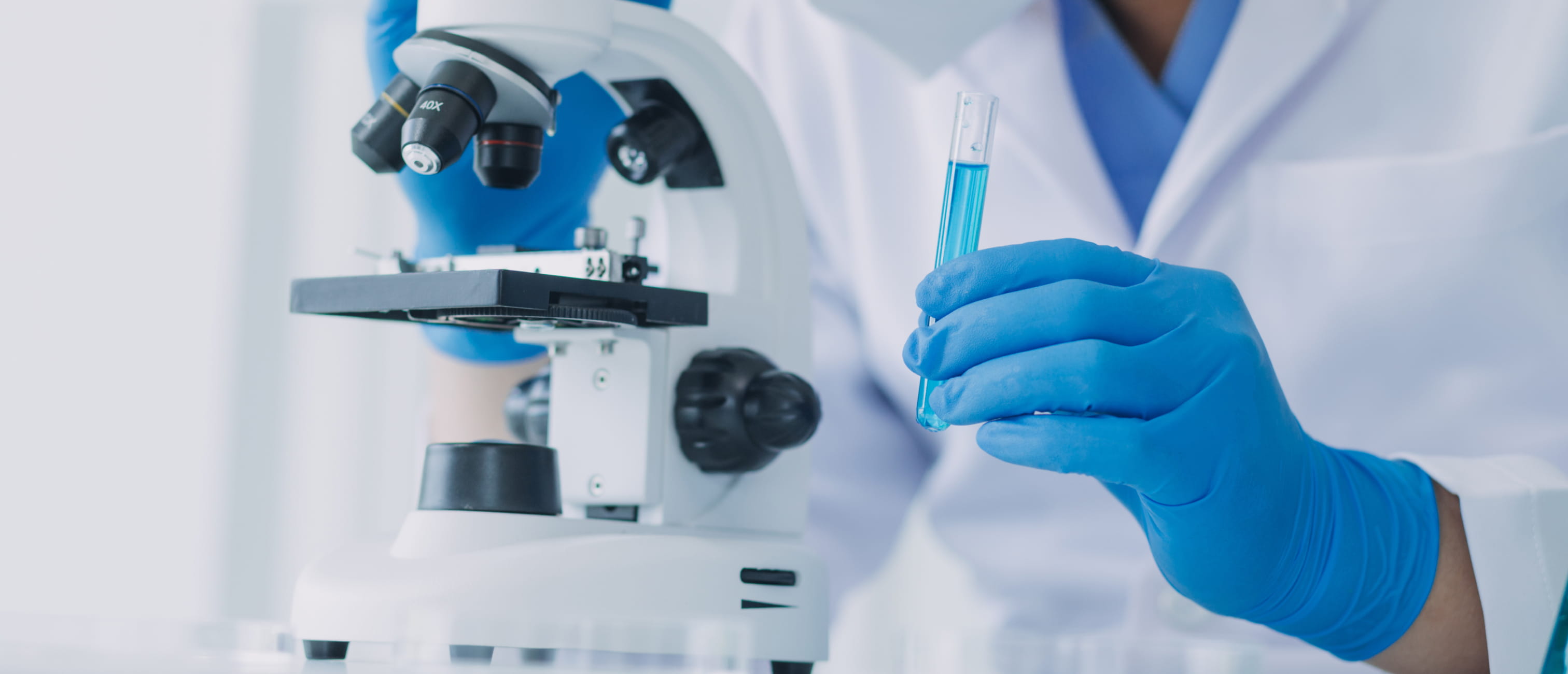physical examination
General tests
Urine and stools collected from patients are tested. The urine is tested for sugar, protein, and occult blood. Urine specimens are prepared, and the number and shape of red blood cells, white blood cells, and bacteria in the urine are observed under a microscope.
Fecal tests are conducted to check for the presence of blood in the stool, which helps detect any gastrointestinal diseases.
Biochemical examination
This test measures lipids, sugars, and proteins in the blood. It helps understand the condition of the body, including liver and kidney function; presence of diseases, such as diabetes and arteriosclerosis; and nutritional status.
General blood test
The number and morphology of the cells contained in blood, such as red blood cells, white blood cells, and platelets, are examined to check for blood diseases such as anemia, inflammation, and leukemia.
Blood transfusion test
Blood transfusion is a treatment that replenishes blood for patients who have a blood deficiency due to bleeding, anemia, or blood disorders or for those whose blood components are not functioning properly. We perform blood typing tests on patients who need blood transfusions and tests to determine if blood products are compatible with the patient's blood.



